Don’t have a clear idea about crochet yarn? Yarn is the backbone for anybody who finds fascination in crocheting. What you make clothes, blankets, or small toys would depend on how you look at it and feel about it based on the type of yarn you choose. There are many kinds of crochet yarns. Each is special in its way.
The guide will help you understand what different types of yarns are made of. Learn how you can use them. This information would be helpful, especially for beginners.
In This Post
What Does Crochet Yarn Mean?

Crochet yarn is one continuous thread of fibers. It creates things like scarves, hats, and bags through crocheting. This yarn comes in all sorts of textures. This varies in color and thickness. Every time you crochet, you tug on a string of yarn. Push it through a loop to make your stitches, which then come together to form your finished product.
The crochet yarn that you are going to opt for really does matter as it is going to alter the look and feel of your finished item. Some crocheting yarns are soft and tender, others will feel coarser on the skin, firm, or stretchy. If you knew what crochet yarn is the best suited for which kind of project, then that would surely be the way to successful crocheting.
What Is Crochet Yarn Made of?
Crochet yarn can be manufactured using numerous different materials. All of these do something different for your project. Some crochet yarns are natural. These come from plants or animals. Some yarns are synthetic. These are man-made. The choice is up to you what you are making and what feel or look you want.
What Are the Different Types of Crochet Yarn?
A lot of yarns are available in the market. But, mainly 6 types of yarn are commonly used in crochet. These are cotton, synthetics, polyester, wool, silk, and linen yarn. But, which yarn is the best choice for your specific projects, right? Let’s see in detail their pros & cons:
1. Cotton Yarn

Probably the most common type of crochet yarn offered is cotton yarn. These are soft fibers made from the cotton plant. There are essentially two kinds: matte cotton and mercerized cotton.
1.1 Matte Cotton Yarn
The matte cotton yarn has the softness of a natural look, and it does not shine. This makes it ideal for projects in which you want a quiet simple finish. The crochet yarn is breathable, and you can always use it in making light, summery things such as tops and baby clothes.
- Characteristics: The matte cotton yarn is soft and has a natural feel on one’s skin. It does not have a gloss. Projects crocheted from this kind of yarn look more rustic and handmade. This matte finish makes it easy for more defined stitch patterns, which is great for intricate designs.
- Use: Matte cotton yarn is generally used in products requiring a light, flowing fabric. It is very suitable for baby clothes and casual wear tops. It can be used for making dishcloths and other kitchen items that need to have absorbent quality but softness for easy touch and wear.
Here’s a table outlining the pros and cons of Matte Cotton Yarn:
| Pros | Cons |
|---|---|
| Soft and comfortable for the skin | Lacks elasticity, can lose shape |
| Matte finish for a natural, rustic look | Heavier weight, not ideal for large projects |
| Durable and strong for everyday use | Prone to shrinking if washed improperly |
| Breathable, ideal for warm weather | Doesn’t provide warmth in cold climates |
| Machine washable, easy care | Can stretch or sag over time |
| Hypoallergenic, good for sensitive skin | Absorbs water and dries slowly |
| Eco-friendly, biodegradable | Splits easily when working with it |
| Hides small imperfections in projects | Color fades with frequent washing or sunlight |
1.2 Mercerized Cotton
The Mercerized cotton yarn is treated to give it a shiny, silky look. This makes the yarn stronger. If you want to crochet something that is going to last longer and look neat, then go for this kind of yarn. This is because it is more durable.
- Characteristics: Mercerized cotton yarn has a glazed, smooth surface that gives it a bright-glossy finish. It becomes stronger and more resistant to crochet. It has that polished, elegant look that shines in the light.
- Uses: Mercerized cotton is used for clothing, accessories, and house textile products, for example, cushion covers and table runners. It carries an attractive sheen on the cloth, which makes it a very good material for presents or things to be displayed.
Here’s a table outlining the pros and cons of Mercerized Cotton yarn:
| Pros | Cons |
|---|---|
| Strong, durable, and long-lasting | Stiffer than regular cotton, less flexible |
| Shiny, smooth finish for a polished look | Can feel slippery, and harder to control |
| Holds vibrant colors well | More expensive than regular cotton yarn |
| Resistant to pilling and fraying | Can feel slippery, harder to control |
| Machine washable and shrink-resistant | Not as soft or breathable as matte cotton |
| Doesn’t lose shape easily | Can be too slick for some projects |
| Ideal for summer garments and accessories | May feel less comfortable on the skin over time |
| Reduced tendency to shrink or wrinkle | Not eco-friendly due to chemical treatment |
2. Synthetics Yarn

Synthetics are man-made yarns. These are perfect for those allergic to natural fibers. Acrylic and nylon are the most popular synthetic yarns.
Acrylic Yarn
Acrylic yarn is inexpensive. It is widely available. This yarn is lightweight and available in a myriad of vibrant colors. This yarn is also easy to clean, which is a good thing for some blankets and scarves among others.
- Characteristics: It’s very soft and lightweight, with a touch of slight sheen according to brand, and an enormous color variety. Acrylic succeeded in duplicating wool’s aesthetic without the itchiness; it has been given its following and made more recommended for beginners.
- Uses: It is used for Blankets and Scarves Yarn is crocheted most typically for the creation of blankets, scarves, hats, and other warm accessories that are sometimes tricky to care for. Being relatively light, it can be best used for crochet work on larger items such as Afghans with fewer extra weights.
Here’s a table outlining the pros and cons of Acrylic Yarn:
| Pros | Cons |
|---|---|
| Affordable and widely available | Can feel scratchy or less soft compared to natural fibers |
| Comes in a wide range of colors | Not as breathable as natural fibers like cotton or wool |
| Lightweight and easy to work with | Can pill over time with use |
| Machine washable and low maintenance | May not hold heat well, prone to static |
| Durable and resistant to moths | Not eco-friendly, made from synthetic fibers |
| Dries quickly and doesn’t shrink | Can lose shape or stretch with use |
| Hypoallergenic for those sensitive to wool | Not as warm or insulating as wool or other natural fibers |
| Ideal for beginner projects | May melt or deform under high heat |
Nylon Yarn
Nylon is another synthetic crocheted yarn. Nylon yarn is smooth and strong, which often makes it ideal for those applications when the item has to be tough, like a bag or toys.
- Characteristics: Nylon yarn comes in a shiny texture that is silky smooth. It has impressive strength. It is lightweight. It is also very durable. So, it is resistant to wear and tear. In addition, nylon yarn has elasticity. It is a bit stretchy, making this yarn ideal for projects that require such flexibility.
- Uses: Nylon is used to make products such as bags, toys, and socks. It is smooth and easily worked with. It retains its original shape and is used for strong projects that will retain its structure over time.
Here’s a table outlining the pros and cons of Nylon Yarn:
| Pros | Cons |
|---|---|
| Strong, durable, and resistant to wear | Can feel less soft compared to natural fibers |
| Stretchy and elastic, it retains shape well. | Not biodegradable, less eco-friendly |
| Lightweight and smooth | Can become shiny or slippery in some projects |
| Dries quickly and resists moisture | Prone to static build-up |
| Resistant to mold, mildew, and abrasion | Can melt under high heat or friction |
| Holds dye well, available in vibrant colors | May lack breathability, can feel warm |
| Ideal for socks, swimwear, and activewear | May pill or snag over time |
| Easy to blend with other fibers | More expensive than some synthetic yarns |
3. Polyester Yarn

Polyester yarn is soft and perfect for baby’s clothes or blankets. This type of crochet yarn is also water-resistant: it does not absorb water well and can be useful for outdoor items, such as cushions.
- Characteristics: The filament is very soft and plush, especially in baby things. The whole surface seems smooth to the touch, and often, a wide array of bright and lovely pastel colors is used for this yarn. Polyester is also durable and resistant to moisture, thus making it practical for outdoor or everyday use items.
- Uses: Use the polyester to crochet baby blankets and soft toys and something else to be laid out, like a cushion cover. Because it is soft, it is very suitable for projects meant to be used with comfort in mind, while its durability assures one that the final product lasts long.
Here’s a table outlining the pros and cons of Polyester Yarn:
| Pros | Cons |
|---|---|
| Strong, durable, and long-lasting | It can feel less soft and plasticky compared to natural fibers. |
| Affordable and widely available | Can feel slippery, and harder to control with some projects |
| Resistant to wrinkles, shrinking, and stretching | Not biodegradable, less eco-friendly |
| Machine washable, low maintenance | Prone to static and pilling over time |
| Dries quickly and moisture-wicking | Can melt or deform under high heat |
| Can feel slippery, and harder to control with some projects | Lacks the natural feel and warmth of wool or cotton |
| Lightweight and versatile for many projects | Can feel slippery, harder to control with some projects |
| Ideal for outdoor or activewear items | May irritate sensitive skin due to synthetic makeup |
4. Wool Yarn

Wool is a natural fiber from sheep. It is one of the warmest crochet yarns hence ideal for winter garments such as hats and sweaters. In some cases, wool can be stretchy, which can be great for projects that need to hold their shape.
- Characteristics: Wool yarn is very warm, and soft, and has a slight elasticity that makes it suitable for products that must be both snug and comforting. It also has a natural crimp that traps air, giving excellent insulation and warmth. Wool texture varies from breed to breed of sheep, anywhere from coarseness to softness.
- Uses: Wool finds direct application in a large variety of applications when it comes to the production of winter clothes such as sweaters, hats, gloves, and so forth, which derive utility from providing natural forms of insulation and elasticity to spring back into its original shape, serving excellent purposes for fitted garments. Wool is also used to manufacture comfortable blankets and scarves.
Here’s a table outlining the pros and cons of Wool Yarn:
| Pros | Cons |
|---|---|
| Warm, insulating, ideal for cold weather | Can be itchy or irritate sensitive skin |
| Naturally elastic, maintains shape well | Requires special care: hand wash or gentle cycle |
| Breathable, absorbs moisture without feeling damp | Prone to shrinking if washed improperly |
| Biodegradable and eco-friendly | It is not ideal for hot climates, can be too warm |
| Fire-resistant and naturally odor-resistant | Can pill or felt with wear |
| Excellent for layering and warmth | Not ideal for hot climates, can be too warm |
| Durable and long-lasting | Some people are allergic to wool |
| Available in a variety of textures and types | Can stretch out or lose shape over time |
5. Silk Yarn

Silk yarn is so silky-smooth and shiny that it gives your crochet a most gorgeous and luxurious look. It is also quite strong and is mainly used for making such elegant items as scarves or shawls.
- Characteristics: This yarn is super soft, smooth to the touch, and possesses an exquisite natural shine that reflects light in producing great, luxurious-looking items. It drapes beautifully and is suitable for very gentle pieces. And though fine in texture, silk is one of the natural fibers of the strongest makes, a guarantee for durability and long life.
- Use: Silk is generally made for shawls, scarves, and other beautiful clothes that have to be adorned with an elegant finish. Its biggest usage comes in evening wear, lacy projects, and accessories that drape elegantly. It works out wonderfully for intricate patterns where a delicate touch would be required.
Here’s a table outlining the pros and cons of Silk Yarn:
| Pros | Cons |
|---|---|
| Luxuriously soft and smooth texture | Expensive compared to other yarn types |
| Beautiful natural sheen | Delicate, can snag or fray easily |
| Strong and durable despite its softness | Requires special care, often hand wash only |
| Lightweight and breathable | Lacks elasticity, may stretch out over time |
| Dyes beautifully holds vibrant colors | Can be slippery to work with |
| Hypoallergenic, gentle on sensitive skin | Limited color options with natural silk |
| Dyes beautifully, holds vibrant colors | Less insulating, not suitable for cold climates |
| Biodegradable and eco-friendly | Can weaken when wet |
6. Linen Yarn

Linen yarn comes from the flax plant. It’s cool and strong, making it suitable for summer clothes or summer home items like tablecloths, says lots of users. Linen crochet yarn softens with each wash, so forget to purchase this from long ago.
- Characteristics: linen yarn has a crisp texture and is strong but may soften off with time. The natural luster also has an excellent absorptive property which helps to remain cool even in warm conditions. Linen has a smooth texture with the skin hence very ideal for warm regions.
- Use: Linen is particularly best for the making of summer garments, bags, home linens like tablecloths, placemats, and even curtains. Its breathability makes it ideal for making airy tops, skirts, and beach cover-ups. Linen feels cool; with its strength, it takes repeated wear well.
Here’s a table outlining the pros and cons of Linen Yarn:
| Pros | Cons |
|---|---|
| Strong and durable, resistant to wear | Can be stiff and less flexible initially |
| Breathable and moisture-wicking | Prone to wrinkles and creasing |
| Ideal for warm-weather projects | Can feel rough against the skin |
| Develops a soft texture with use | Less elastic, may lose shape over time |
| Naturally biodegradable | Limited color options, often in muted tones |
| Excellent stitch definition, great for intricate patterns | Requires careful handling, can split easily |
| Resistant to mold and mildew | May be more expensive than cotton or acrylic |
| Eco-friendly, made from natural fibers | May require more care in washing and drying |
Recommended Crochet Yarn
It’s always easy to get started with crochet preferential yarn workability. Most crocheters found cotton and acrylic as the perfect choice for starting yarn since it isn’t slipping off the hook too quickly. They are also available in so many colors, which will keep you finding something that should match your project.
Silk and linen crochet yarns can add a special flavor to more complex projects. The type of yarn you use depends on what you are making. It also depends on what kind of look or feel you want for your finished item.
What Can We Make With Crochet Yarn?
With crochet yarn, you can create a variety of items, including:
- Clothing – From crochet yarn comes shirts, sweaters, hats, and even socks.
- Blankets – Warm and cozy blankets using wool, polyester yarns
- Bags – Bags and totes, in nylon yarn, sturdily made.
- Toys – With crochet yarn especially with soft materials like polyester and cotton in making stuffed animals or small toys.
- Home decor – Make things like cushion covers, tablecloths, or even curtains from crochet yarn.
Precautions
Cautions while using crochet yarns include:
- Check For allergies: Some are allergic to certain types of yarn. One type that people are allergic to is wool.
- The yarn thickness: The crochet yarn should always match the pattern of the final product. Using thick or thin yarns may affect your final product.
- Washing care: Different yarn types have different care requirements. Some crochet yarns are machine-washed, others are hand-washed.
Conclusion
Selecting the proper crochet yarn is crucial. It is vital for a successful completion of a project. Different types of yarn are available in the market. For example, cotton, wool, and silk. Each of them has its specific advantages. Knowing different types of crochet yarns and their applications helps in improving decision-making and hence enhancing creativity in the crochet items made.

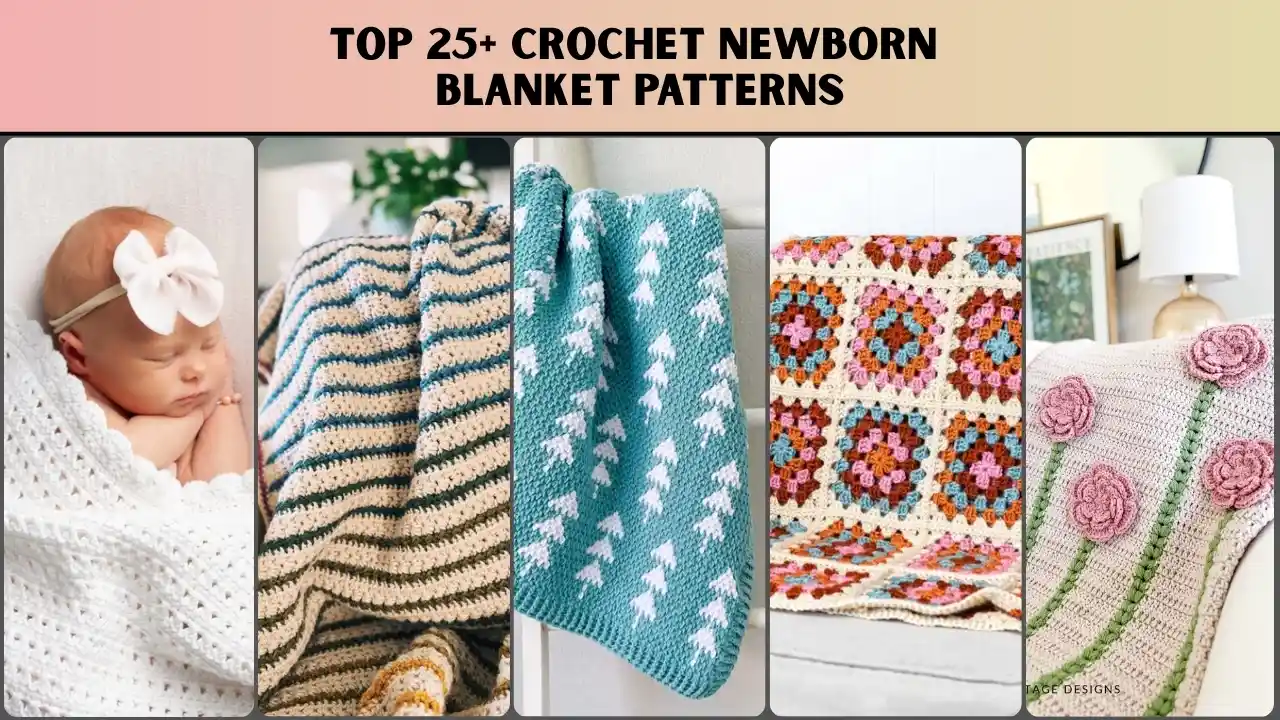
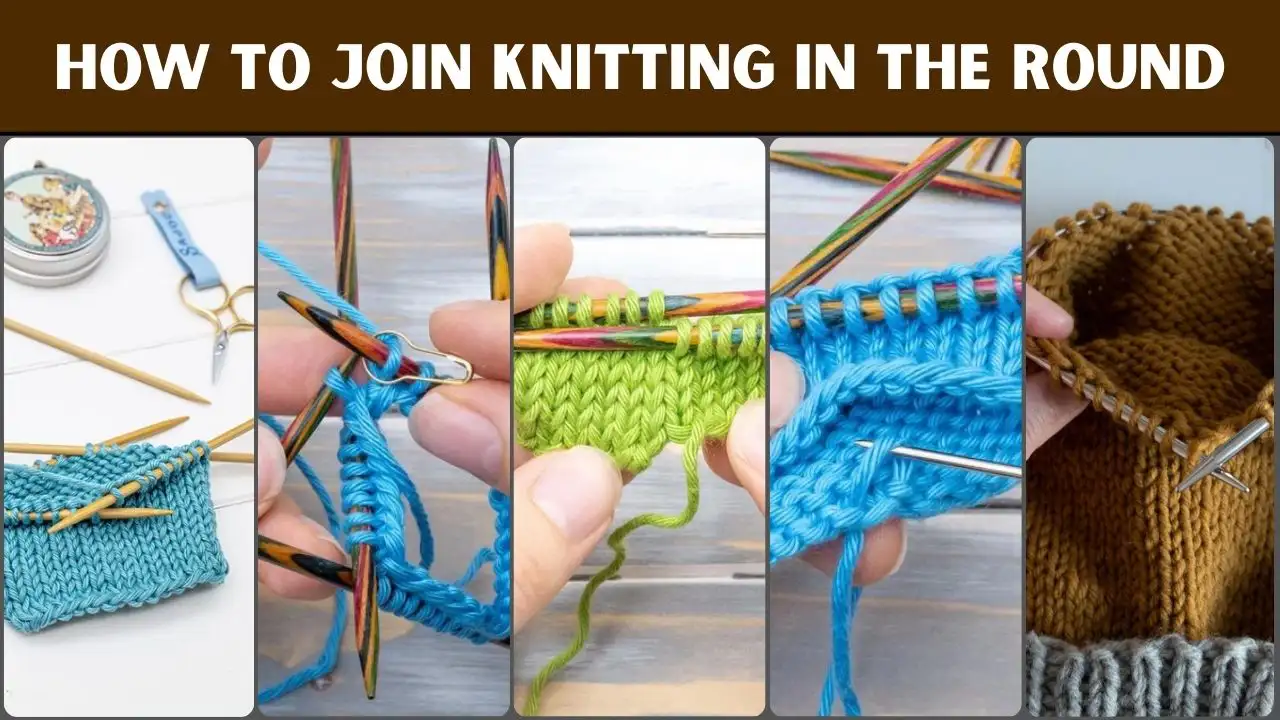
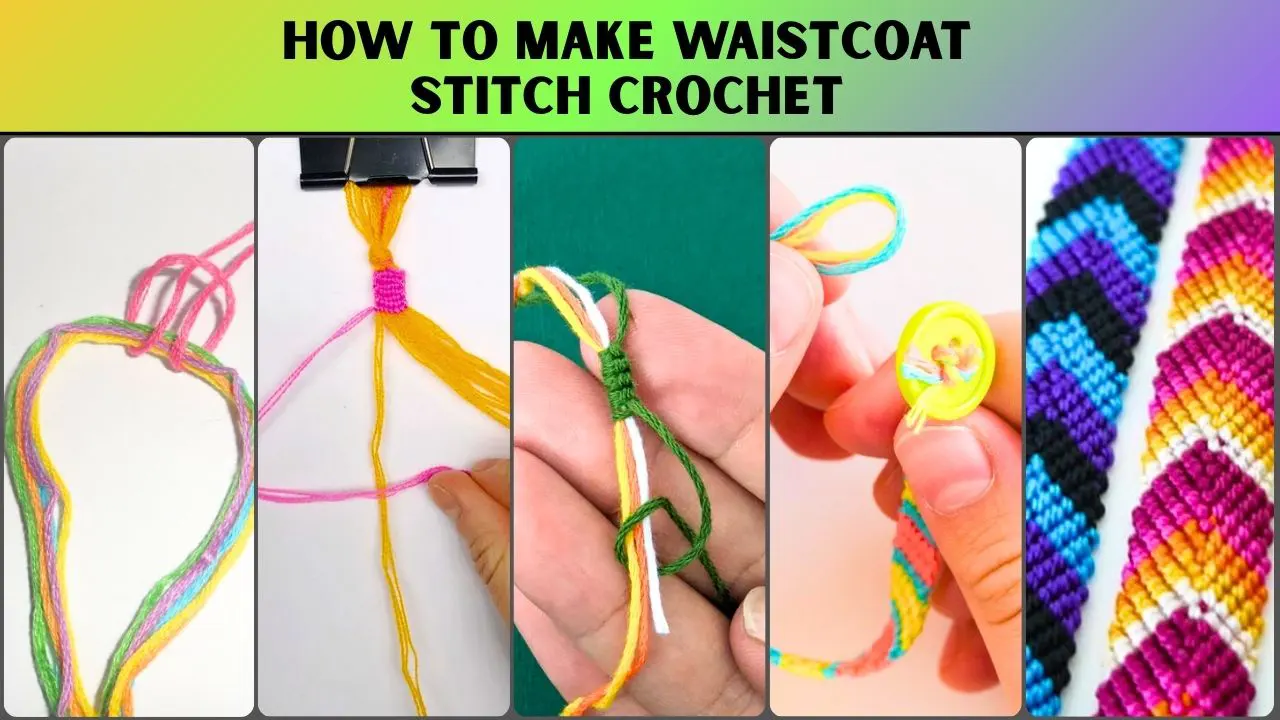

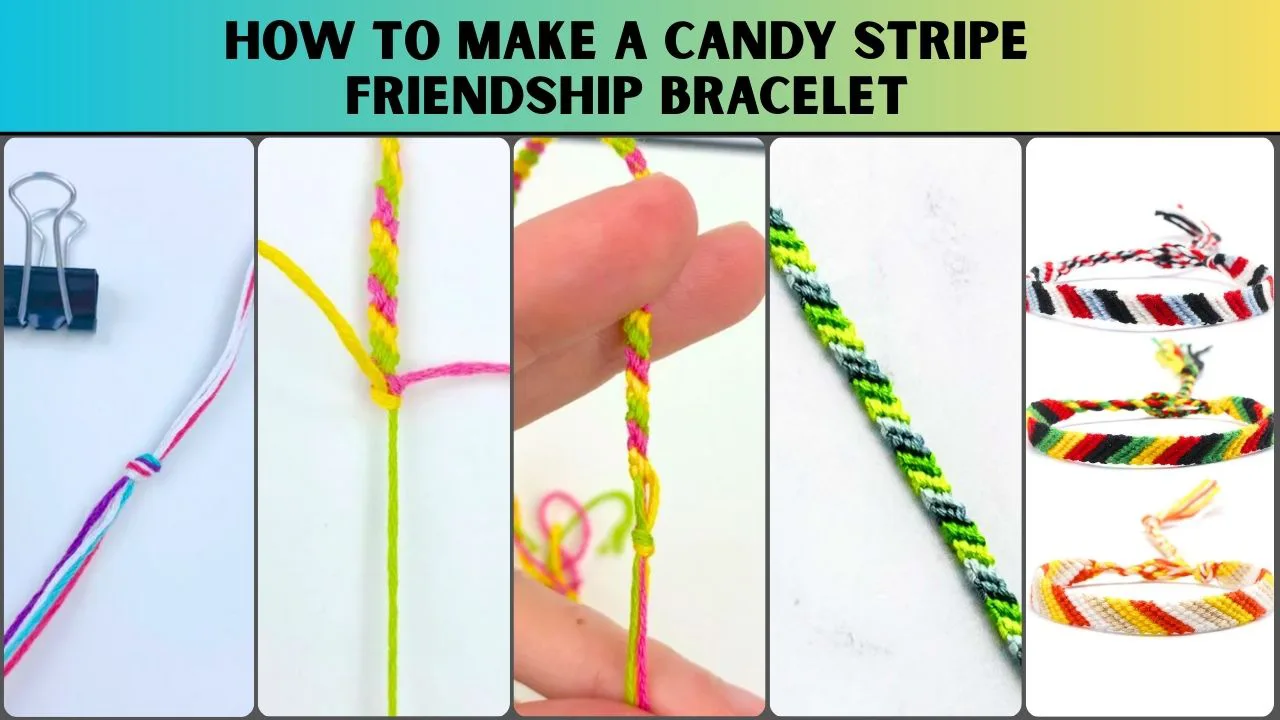
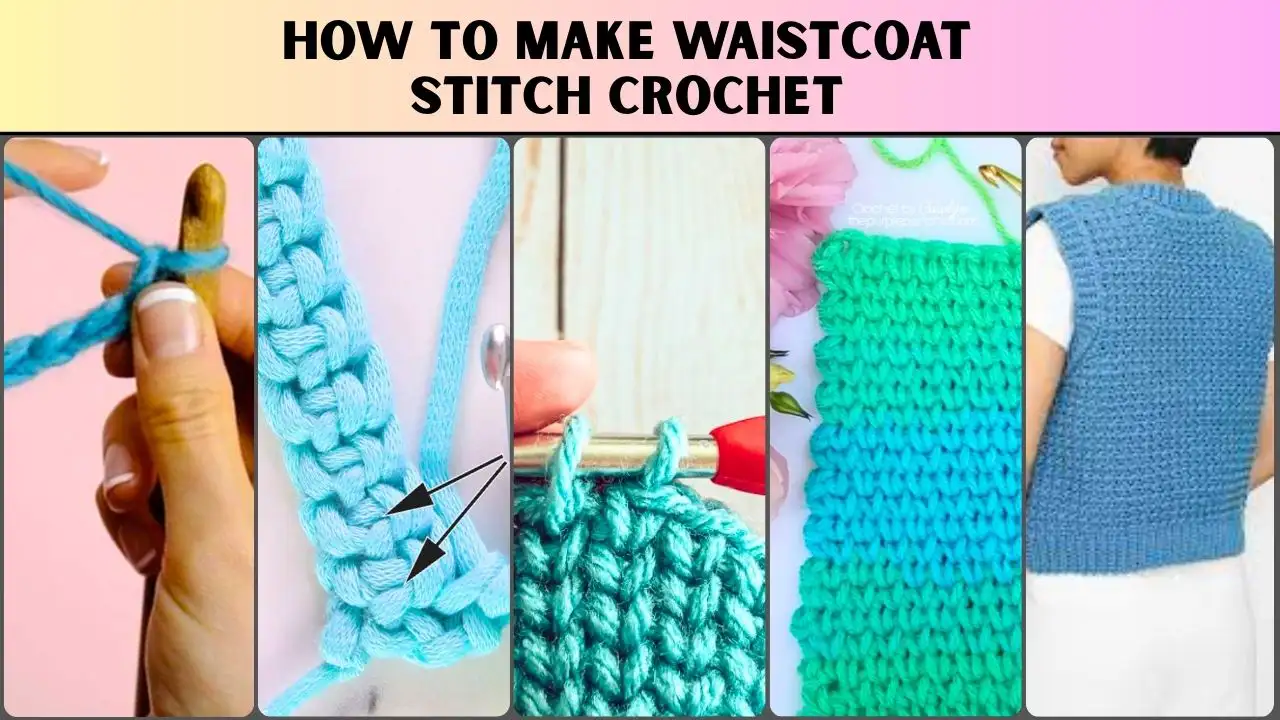

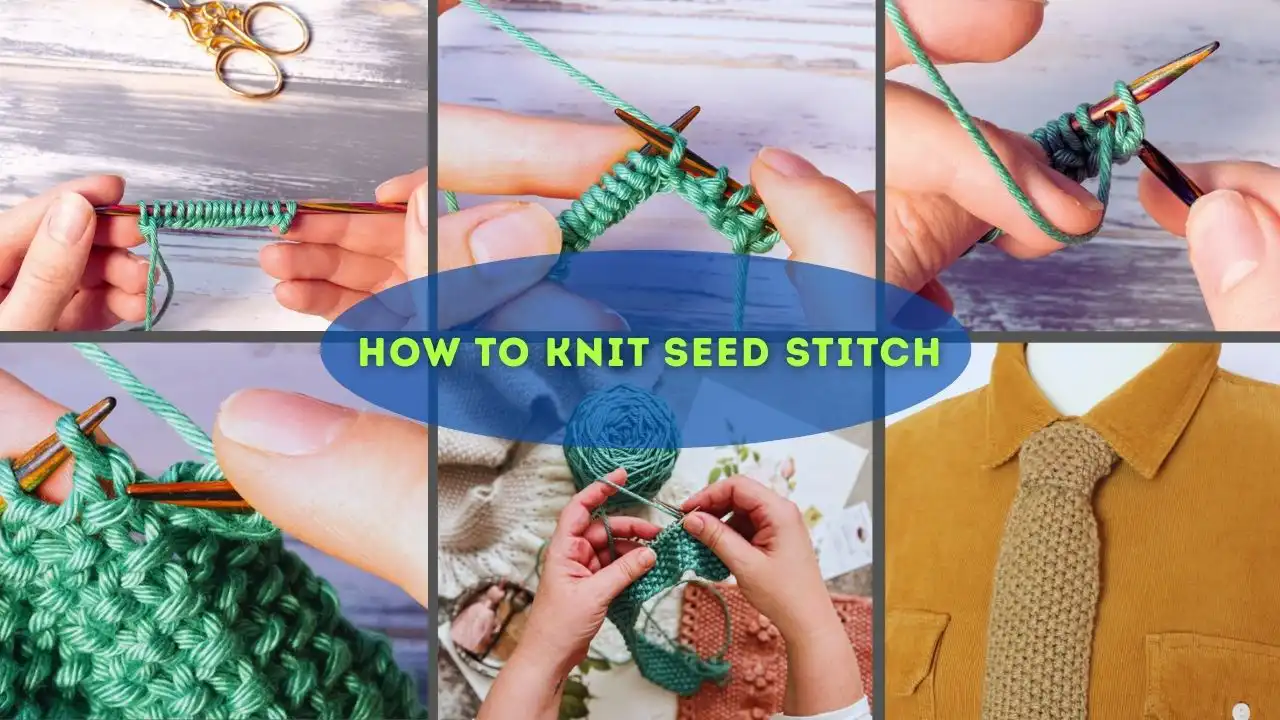
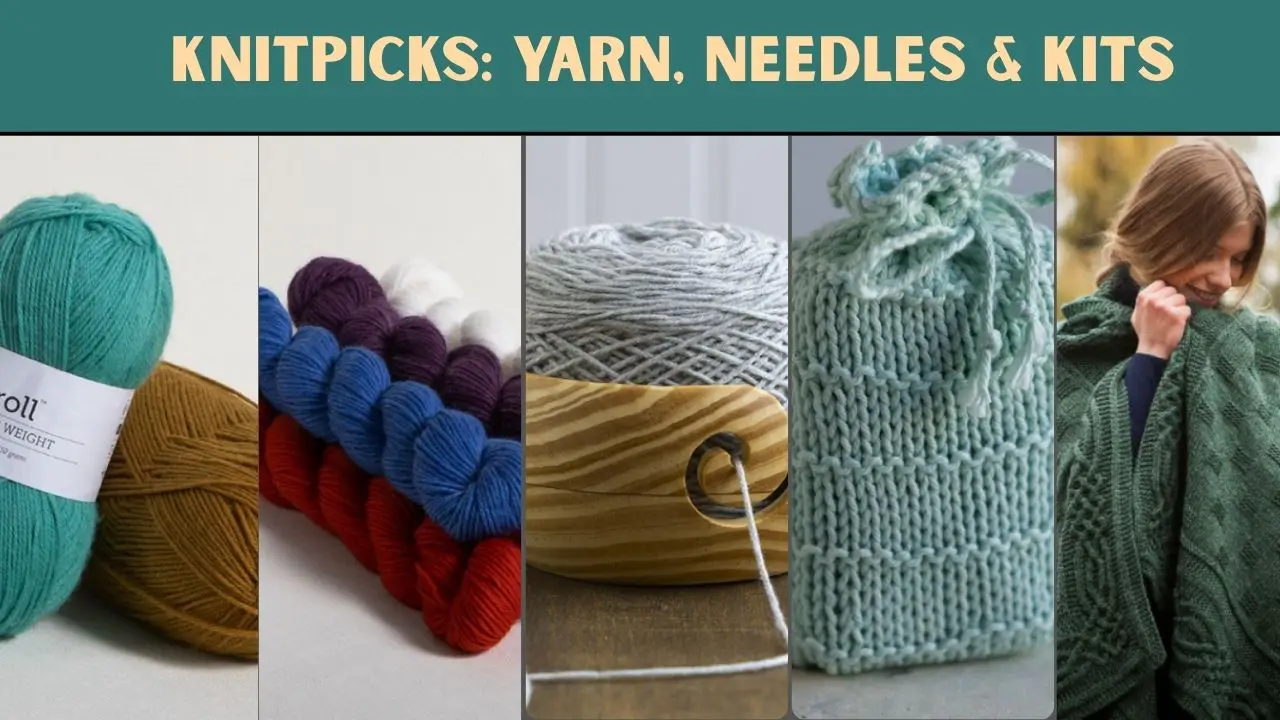
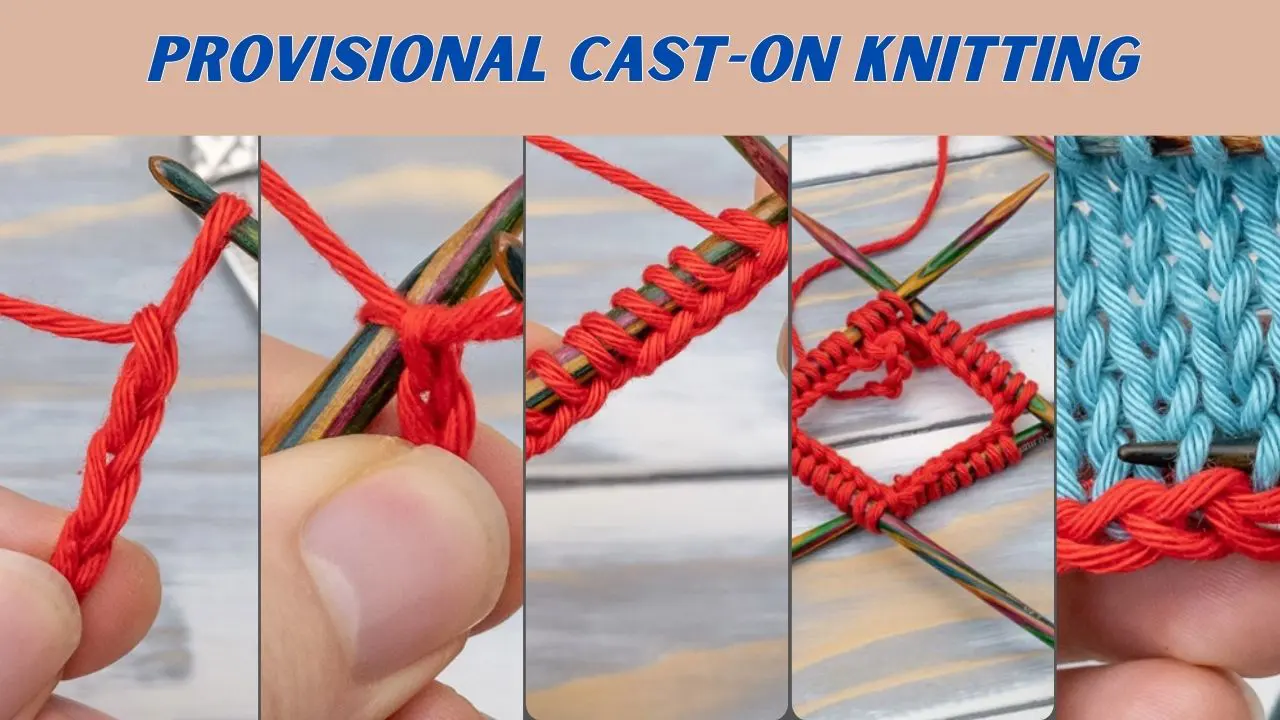
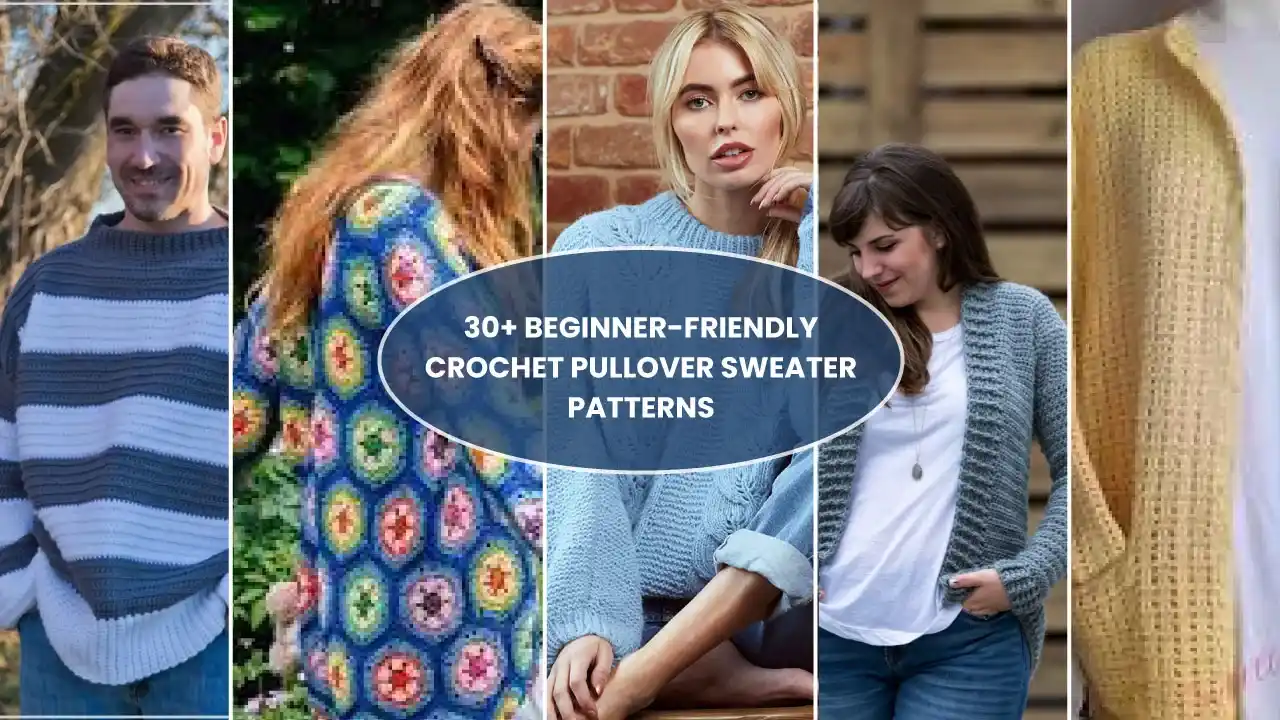


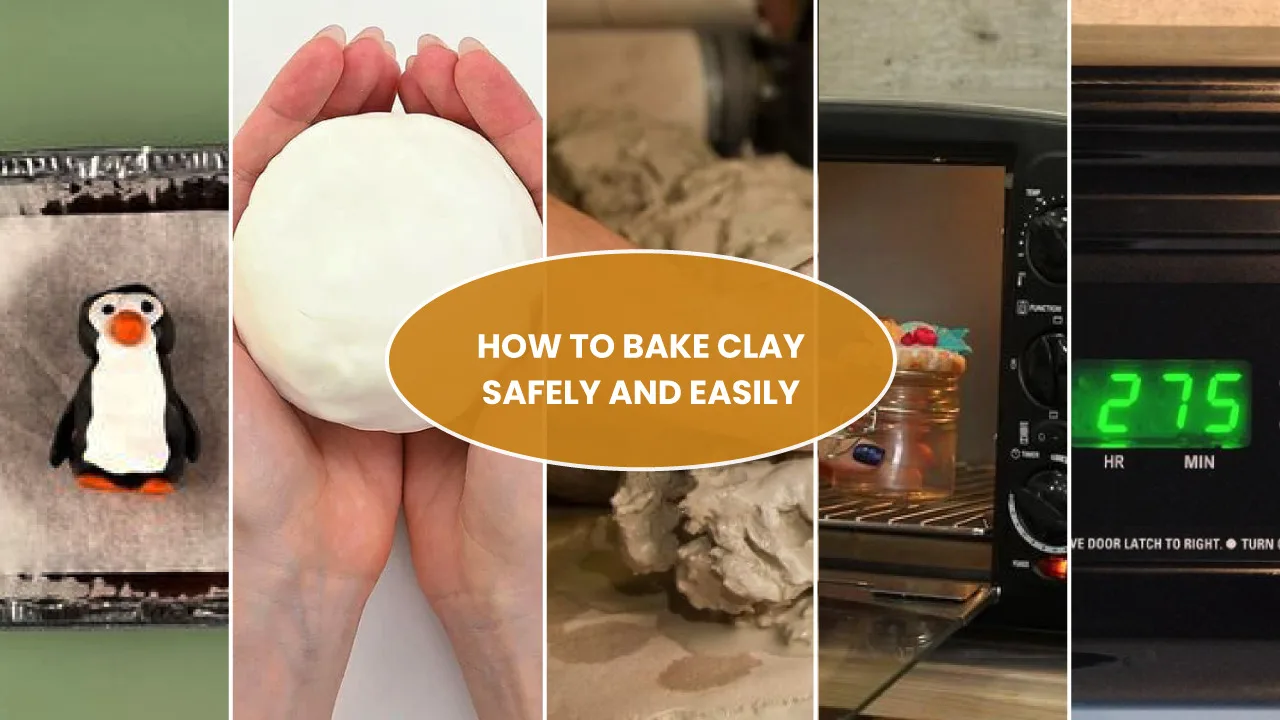
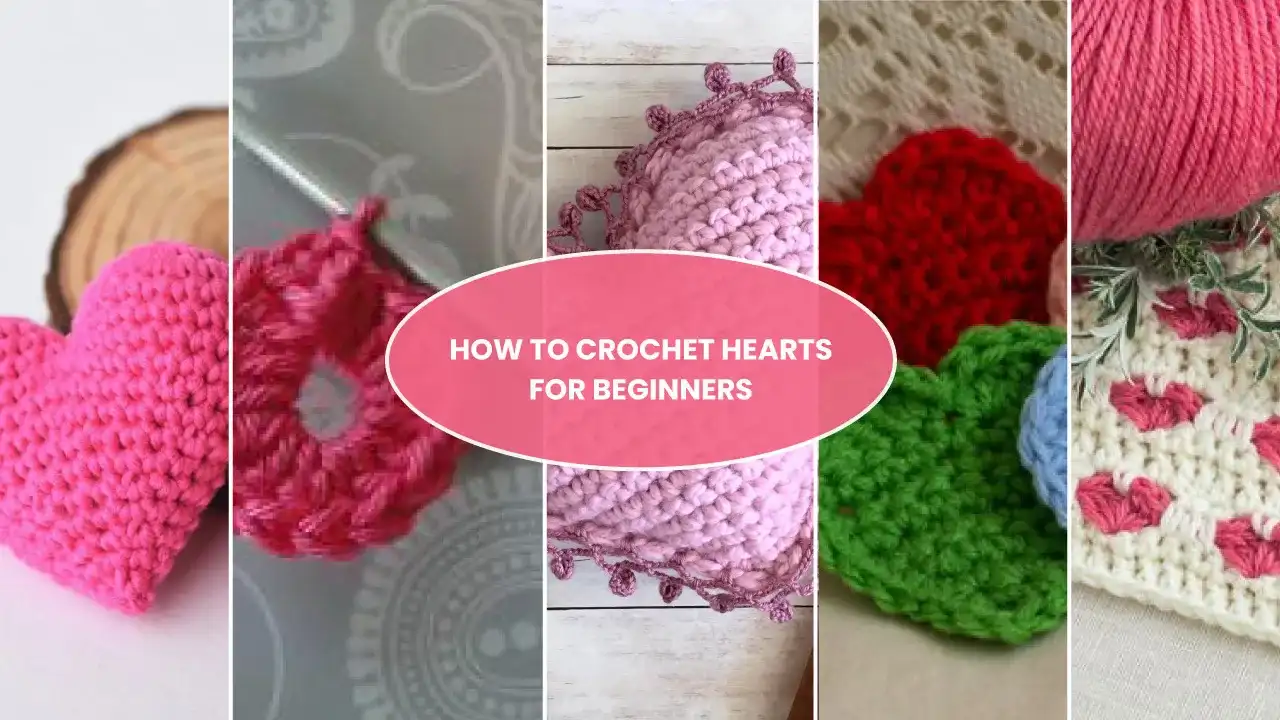
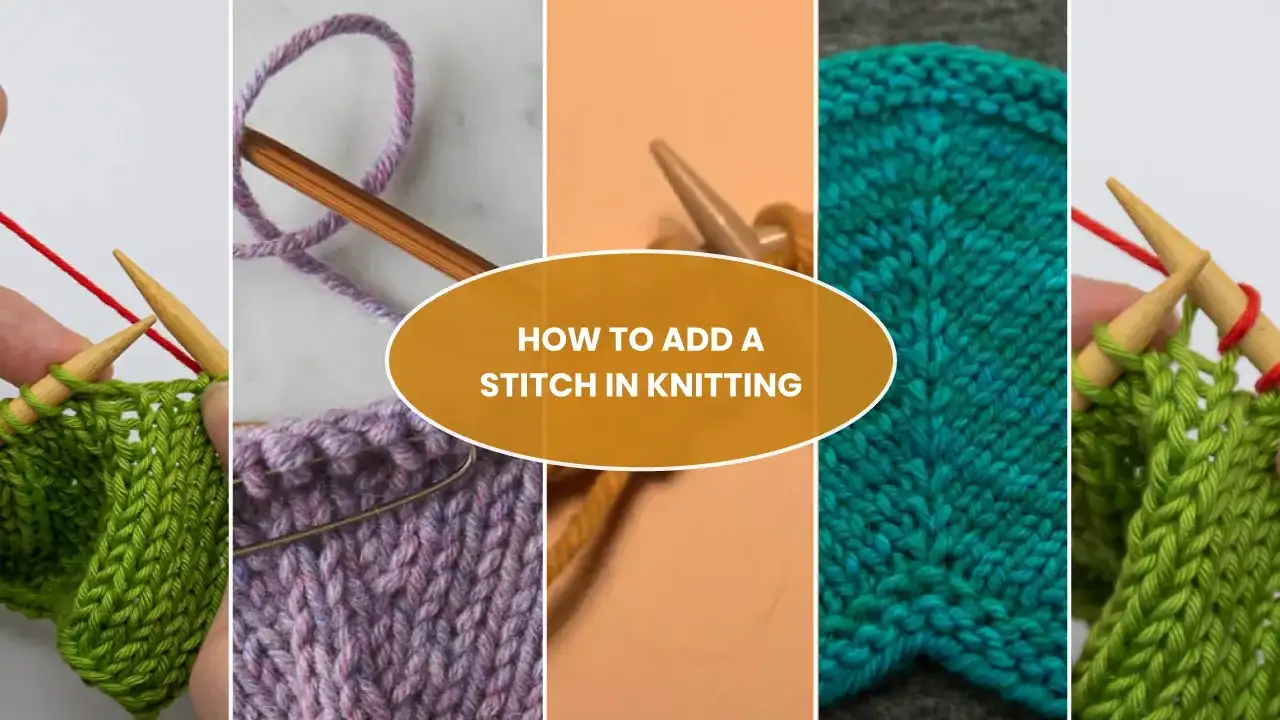

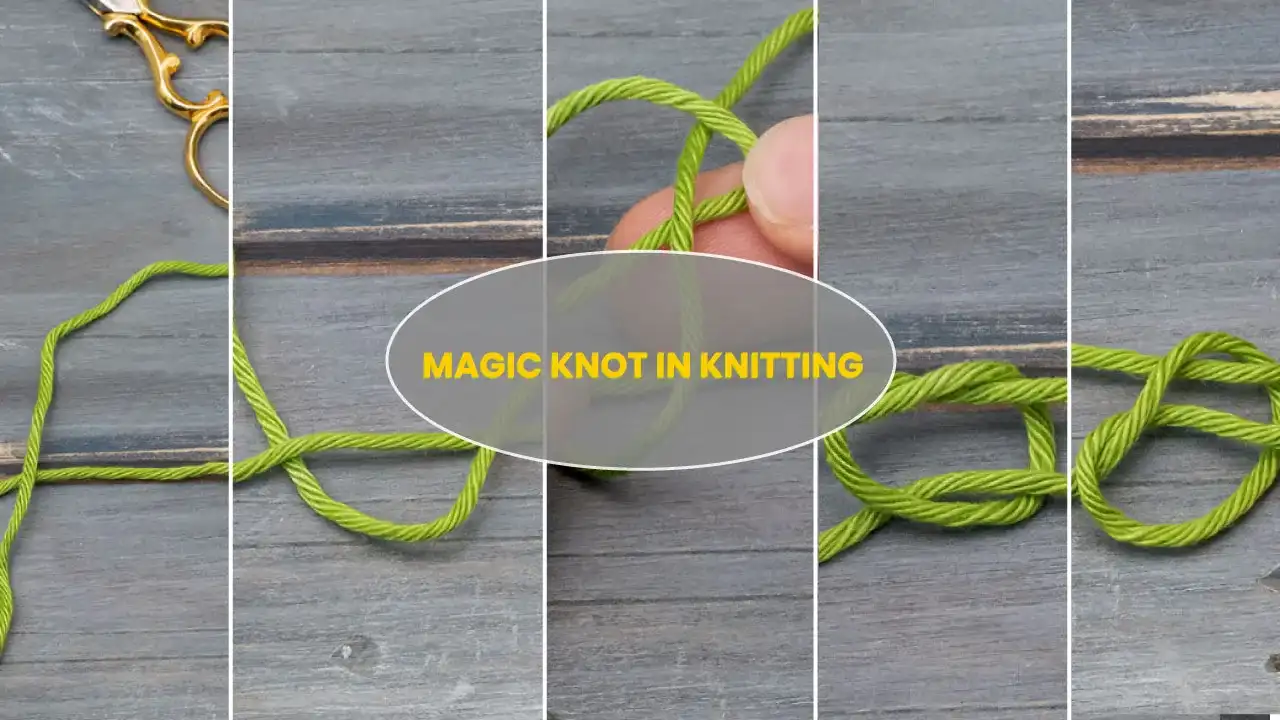
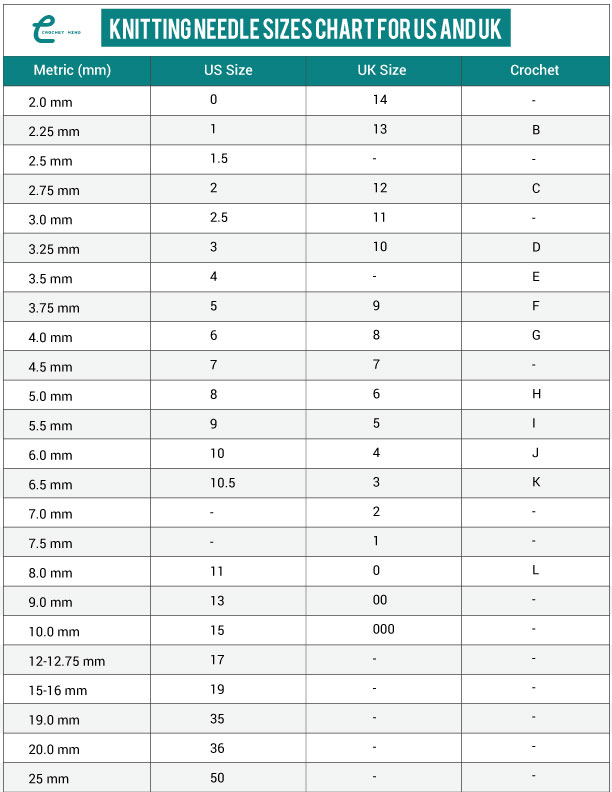
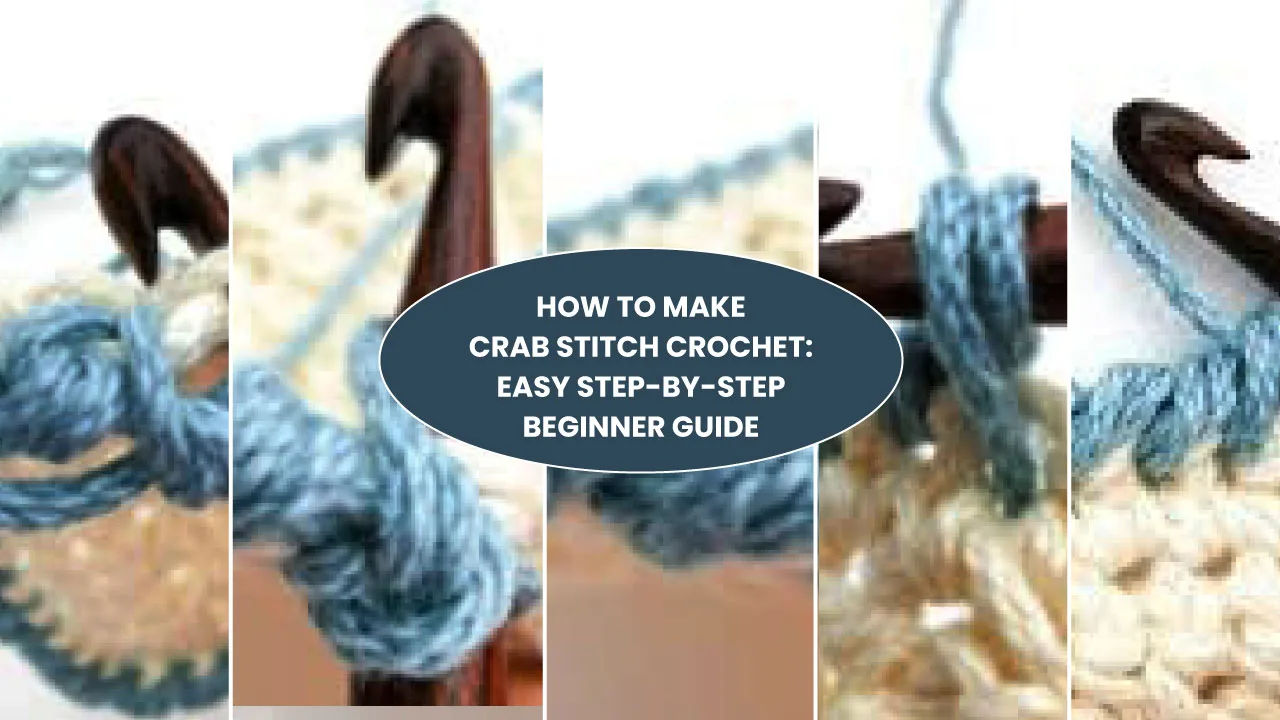
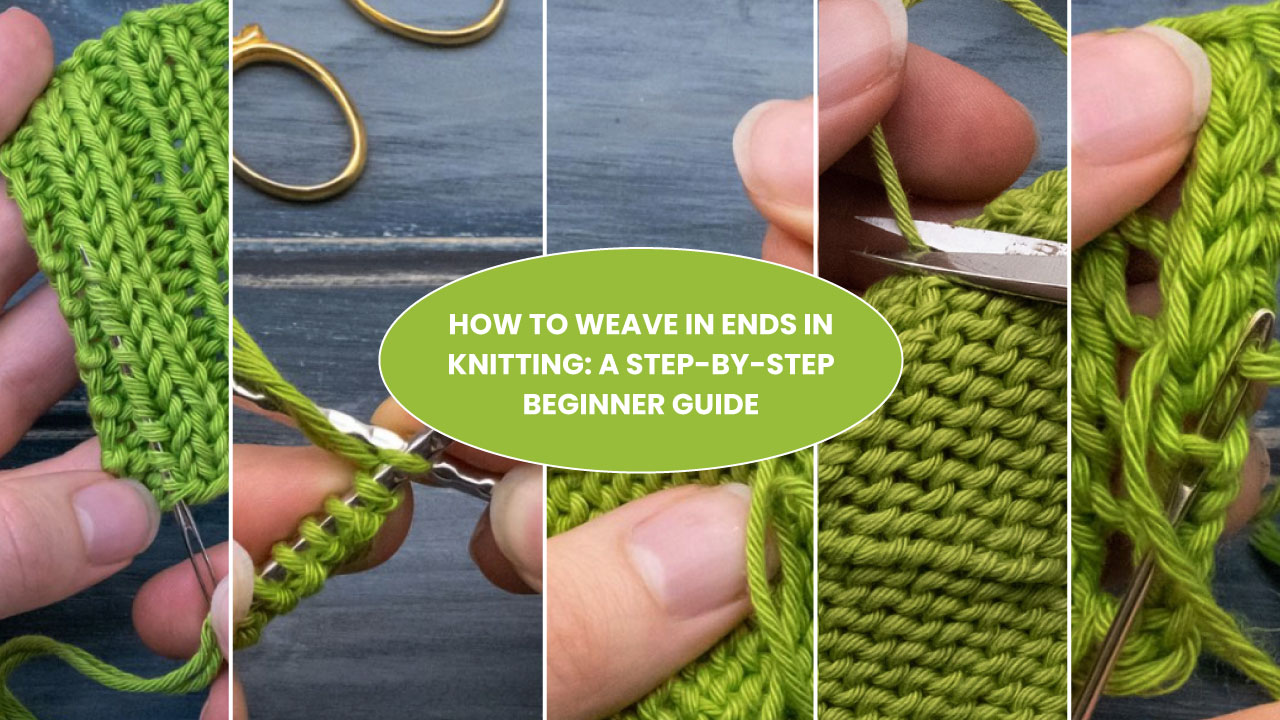
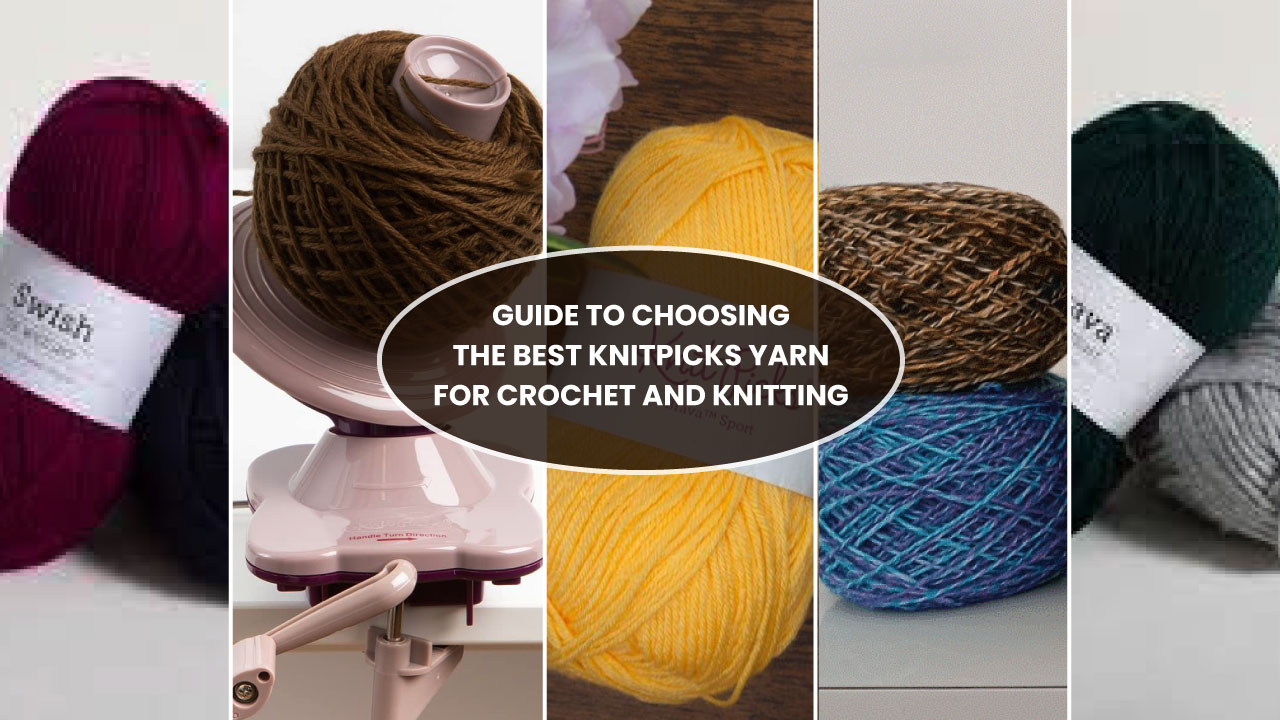
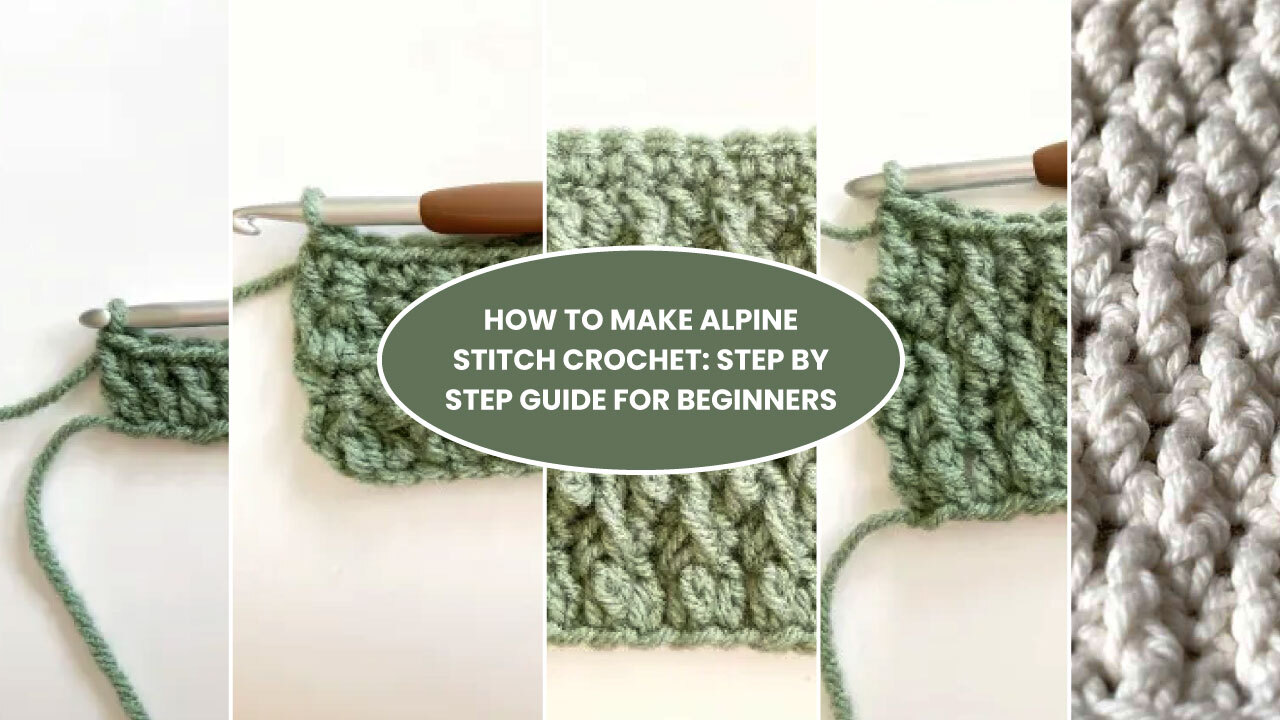
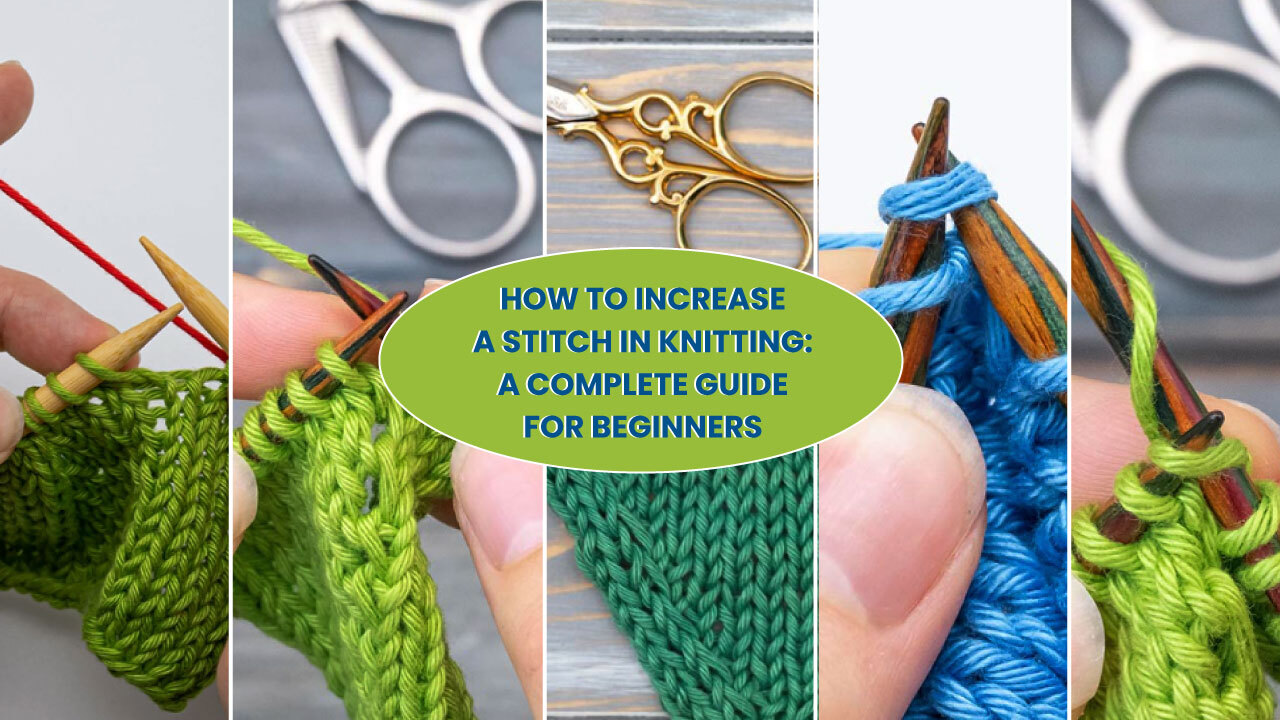
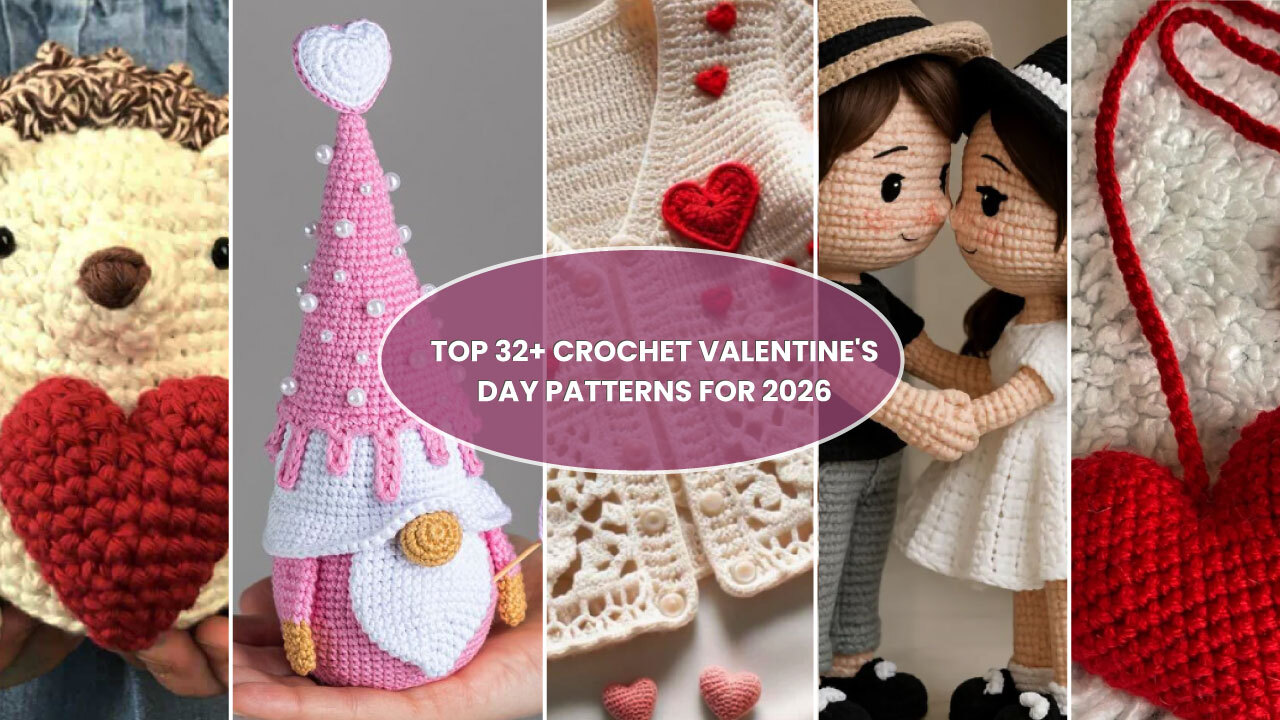
![Select Crochet Clothing Ideas: [Best Crochet Fashion] Crochet Clothing Ideas](https://crochetmind.com/wp-content/uploads/2025/07/Crochet-Clothing-Ideas-Best-Crochet-Fashion-in-2025-1-1.jpg)
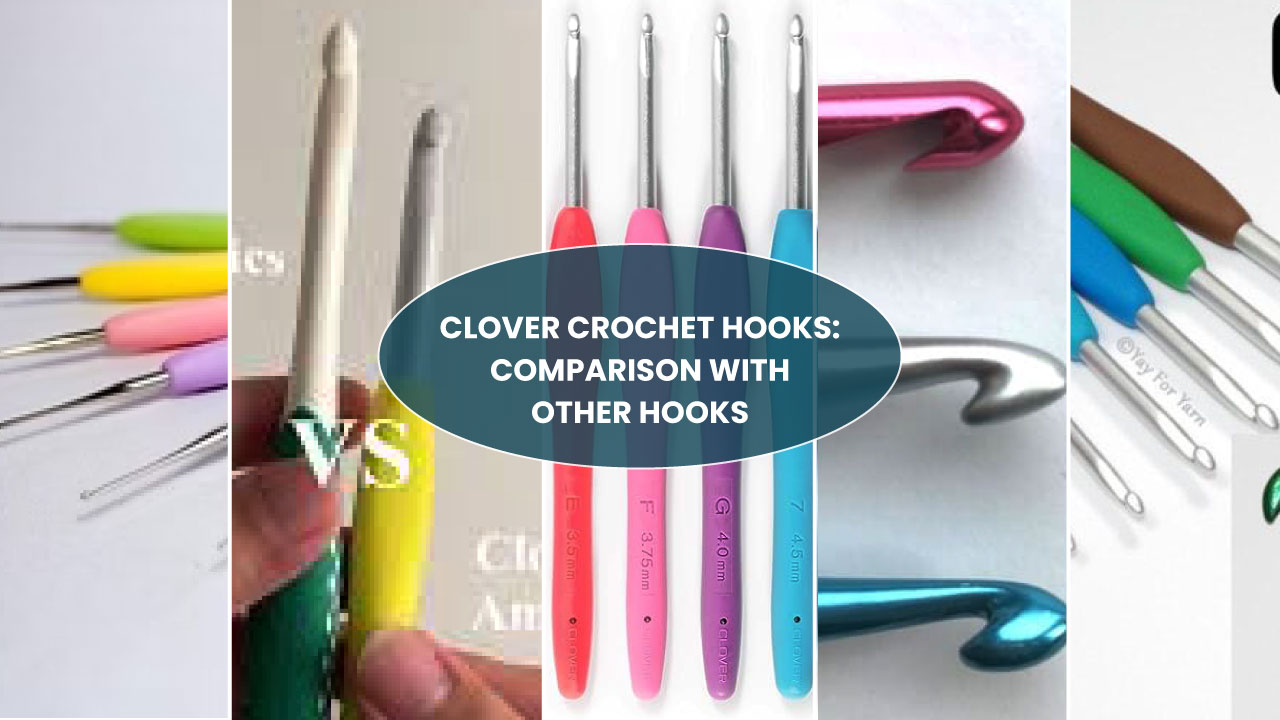
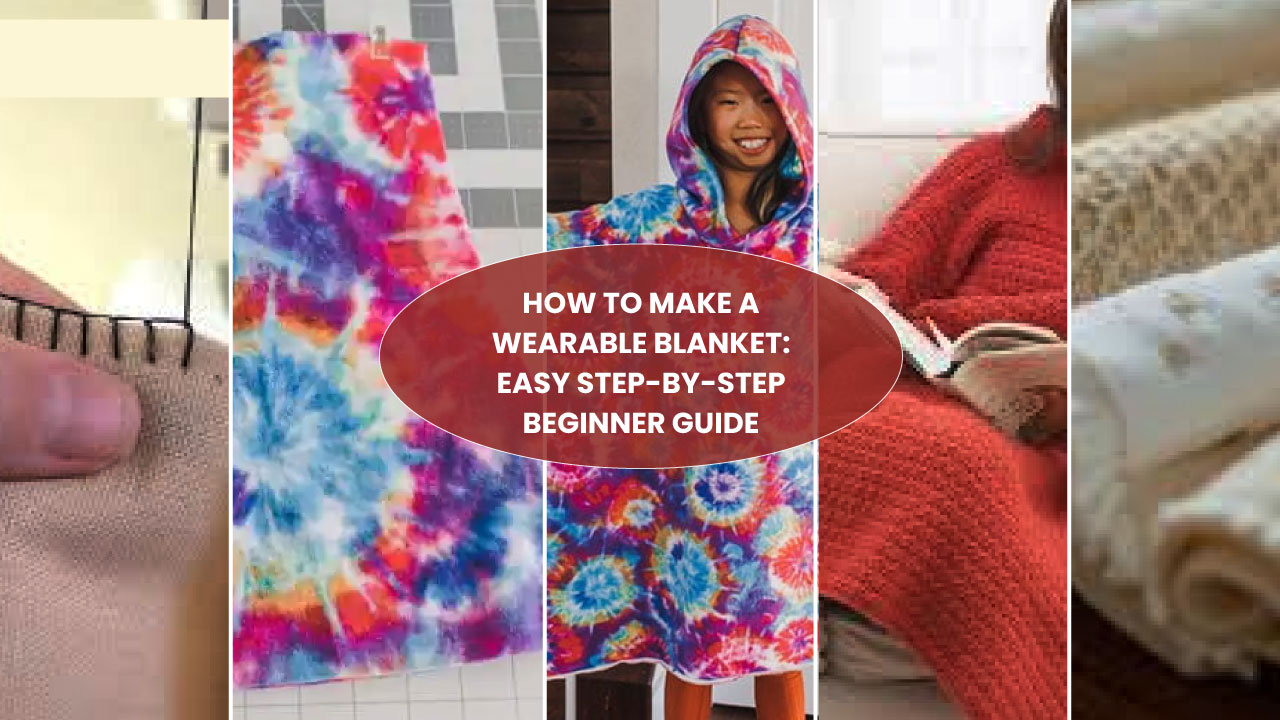

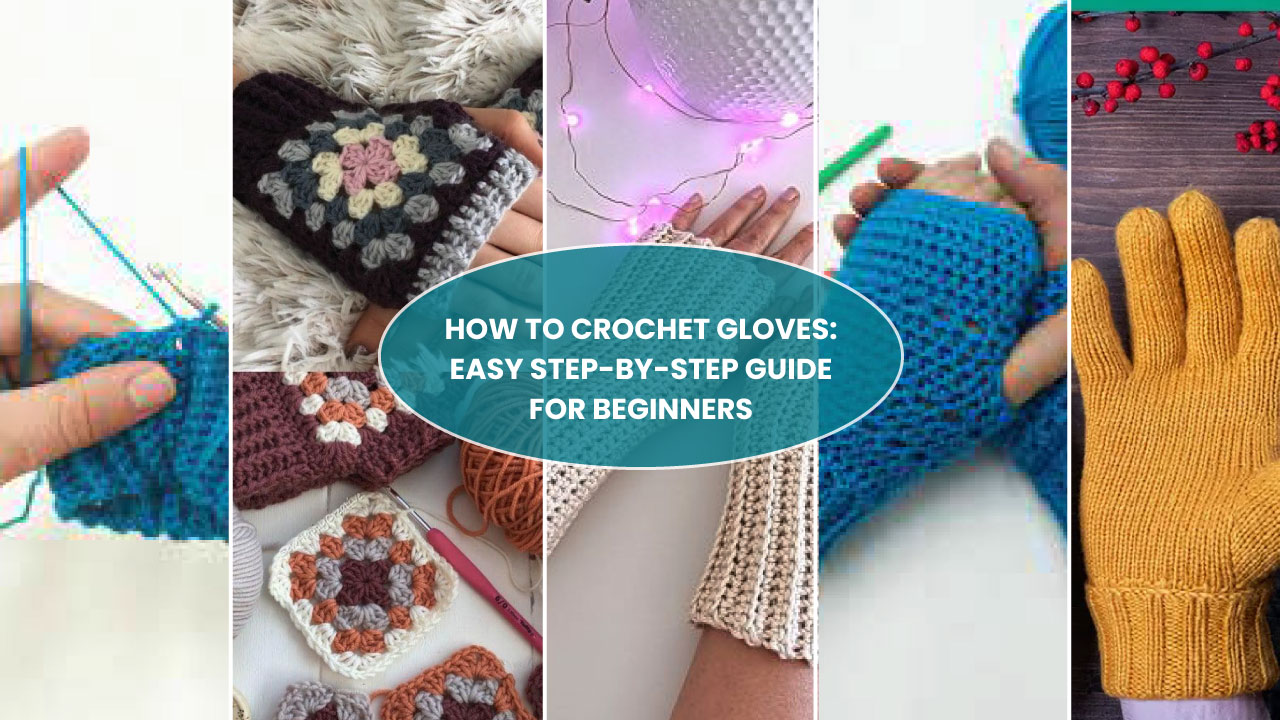
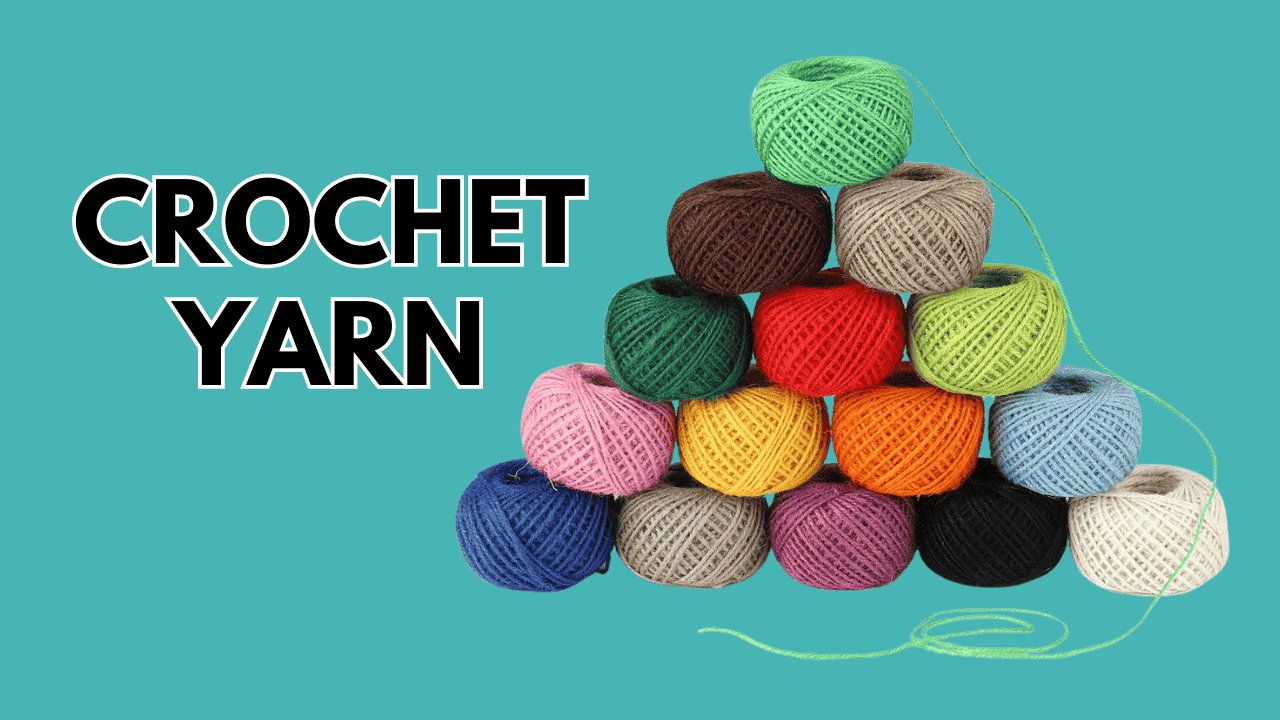


![The Best 30+ Free Crochet Cat Patterns [Beginner-Friendly Guide]](https://crochetmind.com/wp-content/uploads/2025/04/1-The-Best-30-Free-Crochet-Cat-Patterns-Beginner-Friendly-Guide.webp)
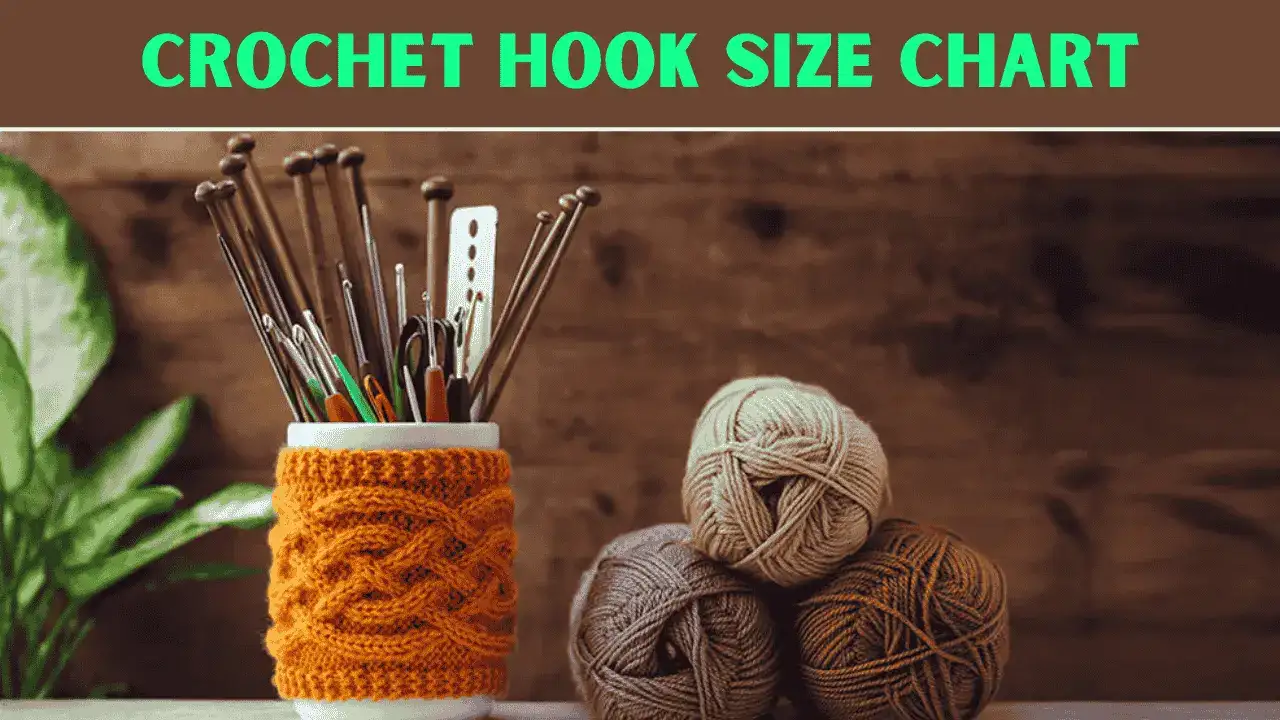
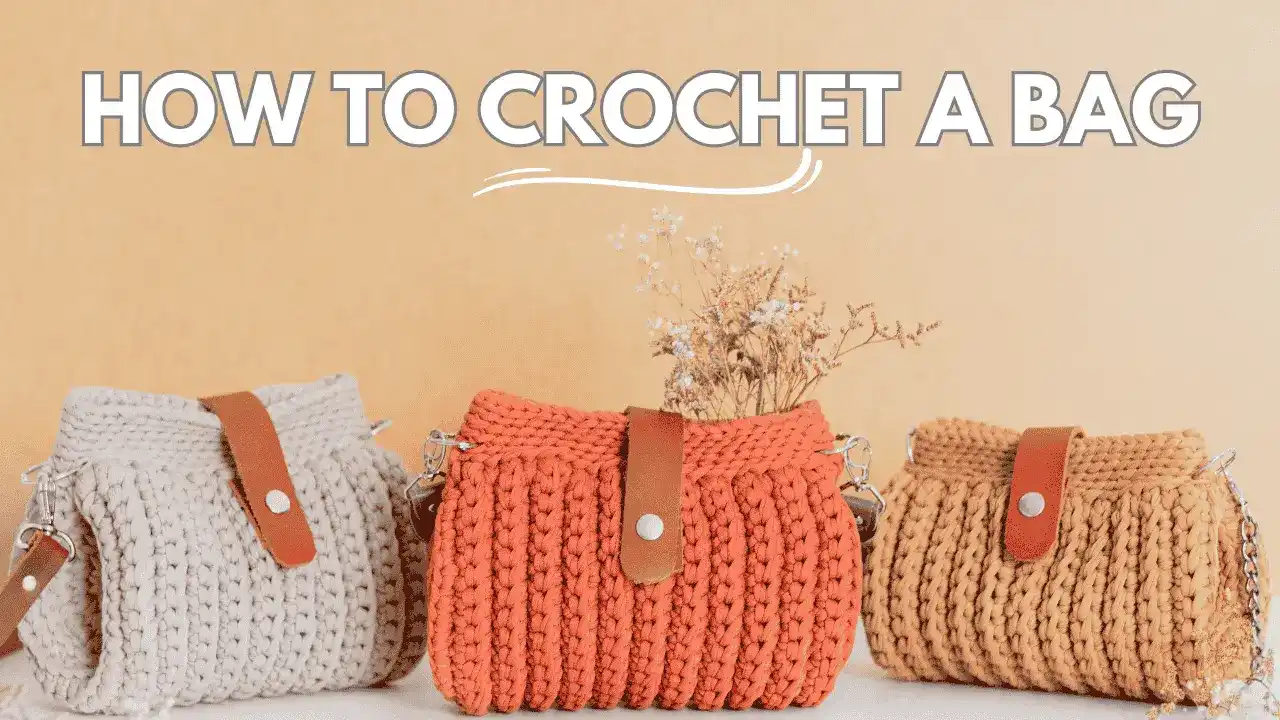
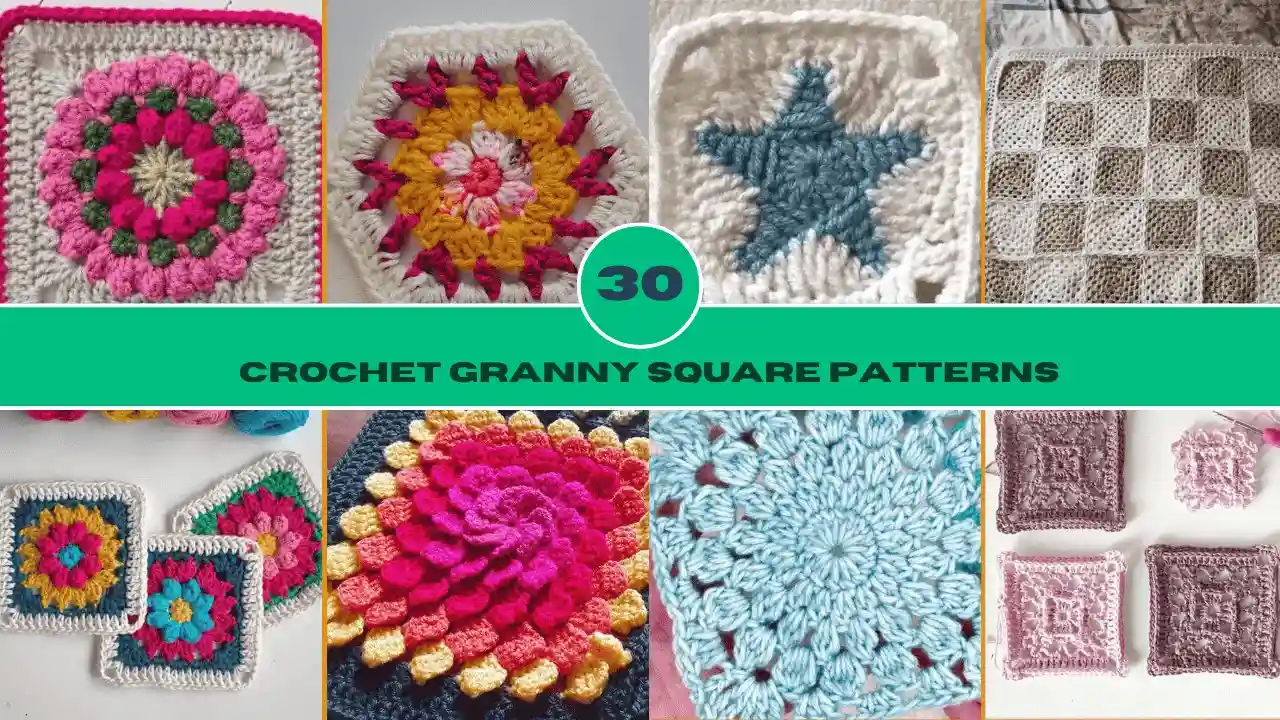

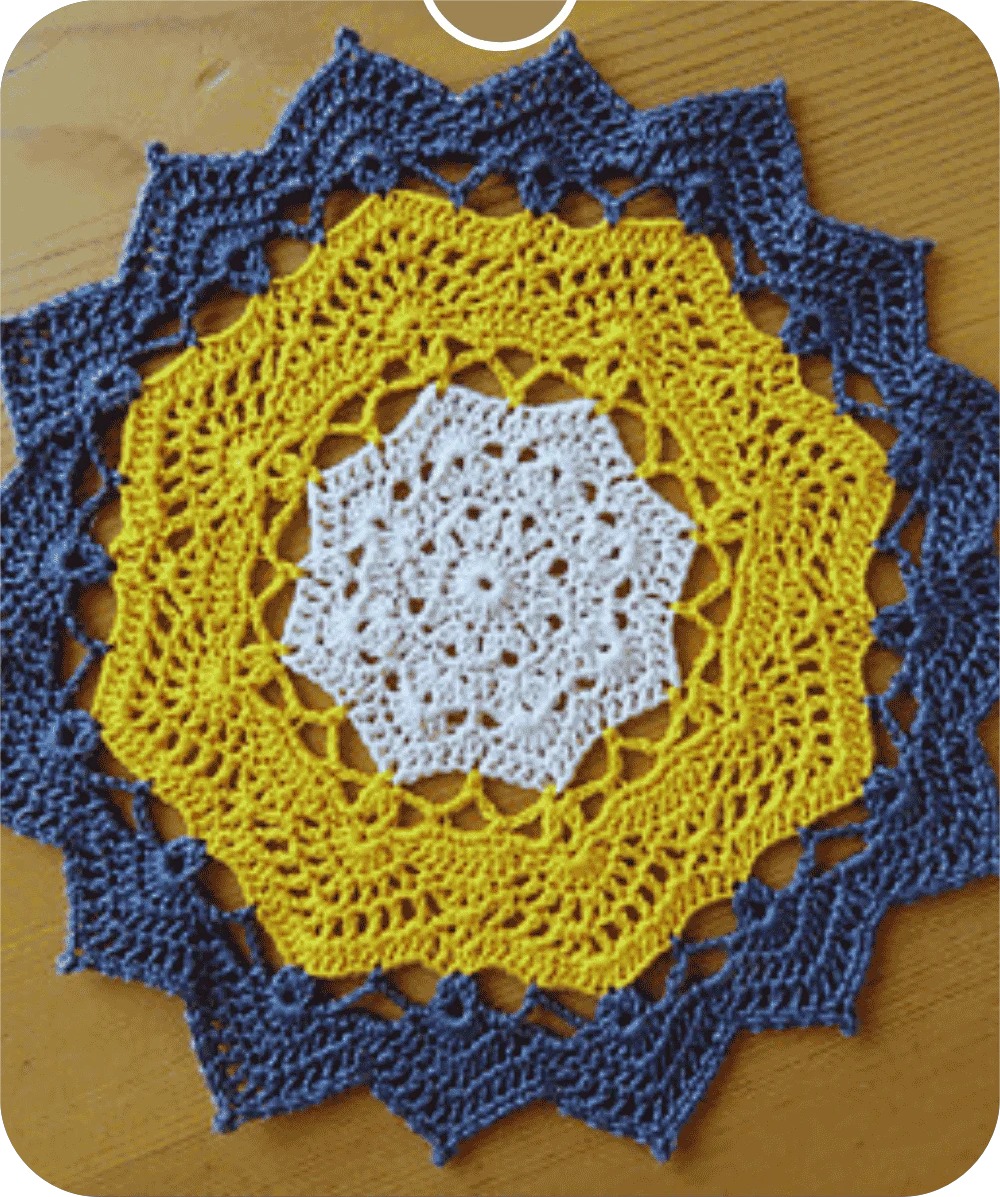
1 thought on “Crochet Yarn: Choose the right one For your project”